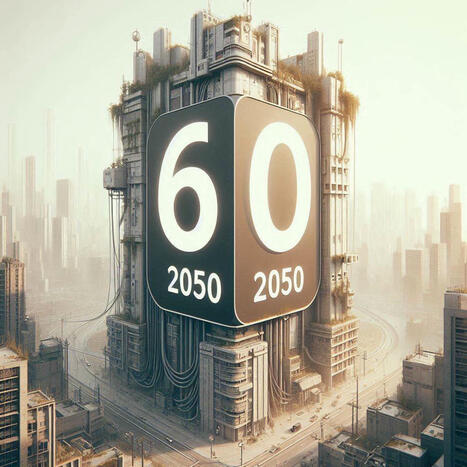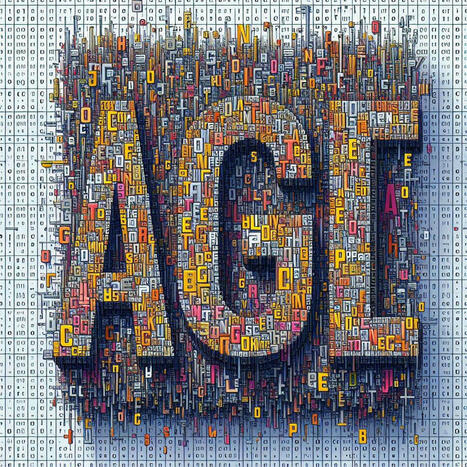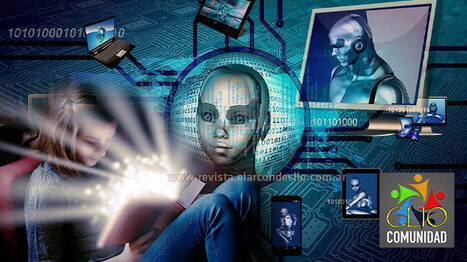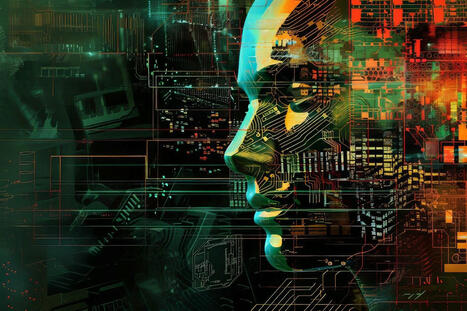Ya hace un tiempo hablábamos de World Education University (WEU) que pretende revolucionar el mundo de la educación online ya de por sí engrandecida por
Research and publish the best content.
Get Started for FREE
Sign up with Facebook Sign up with X
I don't have a Facebook or a X account
Already have an account: Login

New Learning Ecologies, Instructional Design, EdTech, eLearning, mLearning & more...
Curated by
Edumorfosis
 Your new post is loading... Your new post is loading...
 Your new post is loading... Your new post is loading...
|
|













![[PDF] Boston University AI Task Force | Edumorfosis.it | Scoop.it](https://img.scoop.it/Gqcr-fXDbHOxSuLykGnv4jl72eJkfbmt4t8yenImKBVvK0kTmF0xjctABnaLJIm9)







![[PDF] Mi realidad conectata: Sí, tambien soy digital | Edumorfosis.it | Scoop.it](https://img.scoop.it/2wNGXimPd3pQ3Ueg3kKPbTl72eJkfbmt4t8yenImKBVvK0kTmF0xjctABnaLJIm9)
![[opinion] Learn to work or work to learn—let students choose | Edumorfosis.it | Scoop.it](https://img.scoop.it/TwOSr6eJRmq_KDauQTxfIjl72eJkfbmt4t8yenImKBVvK0kTmF0xjctABnaLJIm9)












